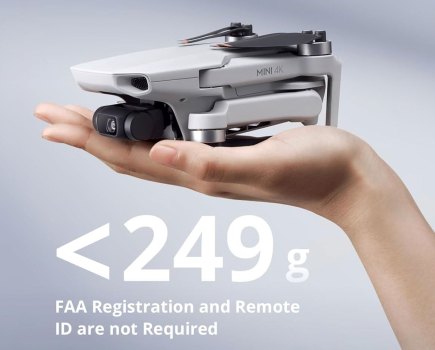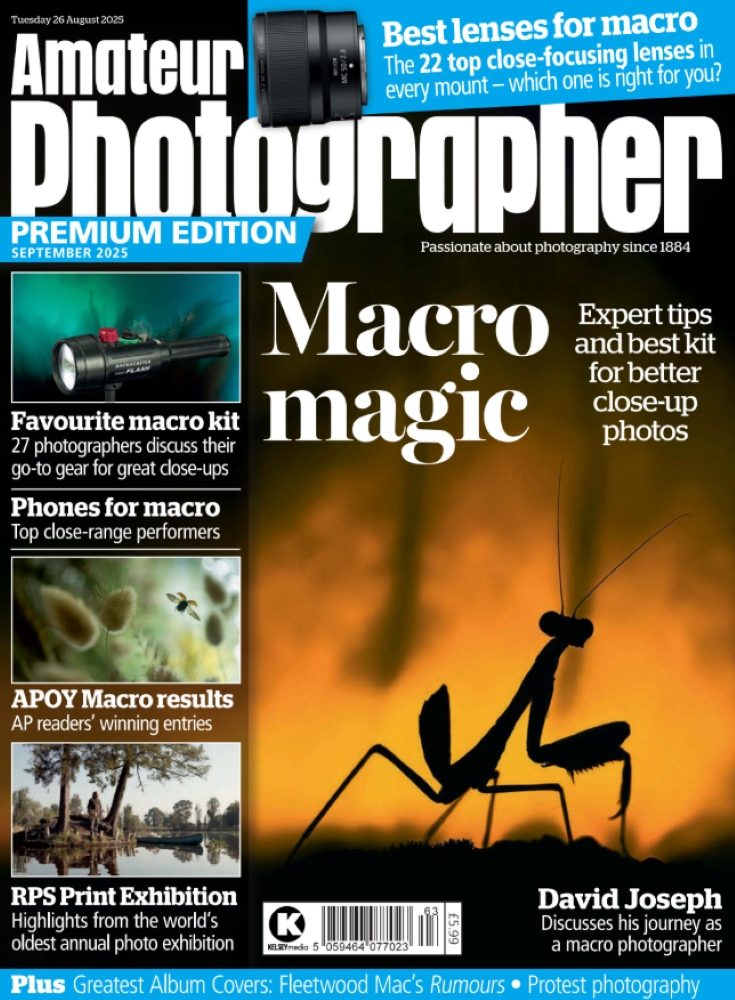In March 2013, while I was working as a software programmer in the corporate world, I snuck into my manager’s office one Sunday morning and recorded a video titled “How Does a Camera Work?” I owned a Nikon D90, a DSLR camera, with basic video functionality. I had no idea how video recording worked, but the purpose was twofold: to teach and also to put myself in the public eye on YouTube, and to earn from it. This marked the beginning of my journey into the world of videography, cameras for video and filmmaking.

The introduction of mirrorless cameras, and the introduction of YouTube (now the World’s second-largest search engine) are two significant factors, that revolutionised the content creation world. Photographers are becoming more interested in making videos to express themselves, gain popularity, teach, and grow their network and earnings.
This has led camera manufacturers to create hybrid cameras that cater to both photography and video. It also resulted in the term “hybrid-shooter” because many photographers realised that instead of having two sets of cameras and lenses, and a dedicated person for videography, they could just use one camera and do it themselves. A picture might tell a thousand words, but moving images and sound are an actual journey.
Photography is thus becoming more of a traditional “art”, while videography is popularly lapped up and consumed by eager eyes and fast scrolling fingers. Everyone with a cell phone is a photographer.
So, in this content-hungry modern world, an aspiring professional photographer must cultivate both photography and videography skills to thrive and stand above the rest. Here’s why:
Business Mindset:
- Expanded Marketing Reach: Even if you are primarily a photographer, video content is crucial for effective online marketing. Platforms like YouTube and social media prioritise video, making it essential for showcasing your work and reaching new audiences.
- Client Requirements and Competition: Clients are increasingly expecting low-cost dynamic content, often requiring both still images and video for their marketing, events, or personal use. Many of my inquiries request same-day photo and video coverage, necessitating hiring an on-site video editor to collect and edit footage. Mastering both skills enhances your competitiveness.
- Social Media Trends: The dominance of video-first platforms, such as TikTok, Instagram Reels, and YouTube Shorts, means that engaging with these trends is crucial for brand growth.
Personal Journey:
- Leaving a Richer Legacy: Combining photos and videos enables a more comprehensive and immersive record of events, places, and people, adding a sense of “being there”, creating a more powerful and enduring legacy.
- Teaching platforms: With teaching through video becoming the norm, you needs skills to create compelling tutorials and offer online courses, thereby opening up new revenue streams and establishing oneself as an industry expert.
Photography has an undeniable place in society, and the medium cannot be replaced. Learning video doesn’t mean that we are deprioritising photography; in fact, it’s the opposite. It’s photography that drives us and takes us to the places, but video, with its components of context and sound, helps alleviate the pressure of recording experiences perfectly in still images. With its greater revenue potential, being adept at video allows us to practice the less lucrative and more purist art of photography, which we so love, with less demand.
Related reading:
- How to start monetising your video content
- The best video editing software
- If you’re new to video editing, DaVinci Resolve is your best bet
The views expressed in this column are not necessarily those of Amateur Photographer magazine or Kelsey Media Limited. If you have an opinion you’d like to share on this topic, or any other photography related subject, email: ap.ed@kelsey.co.uk








